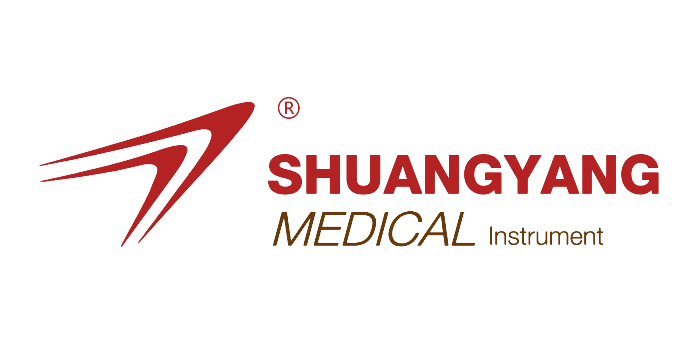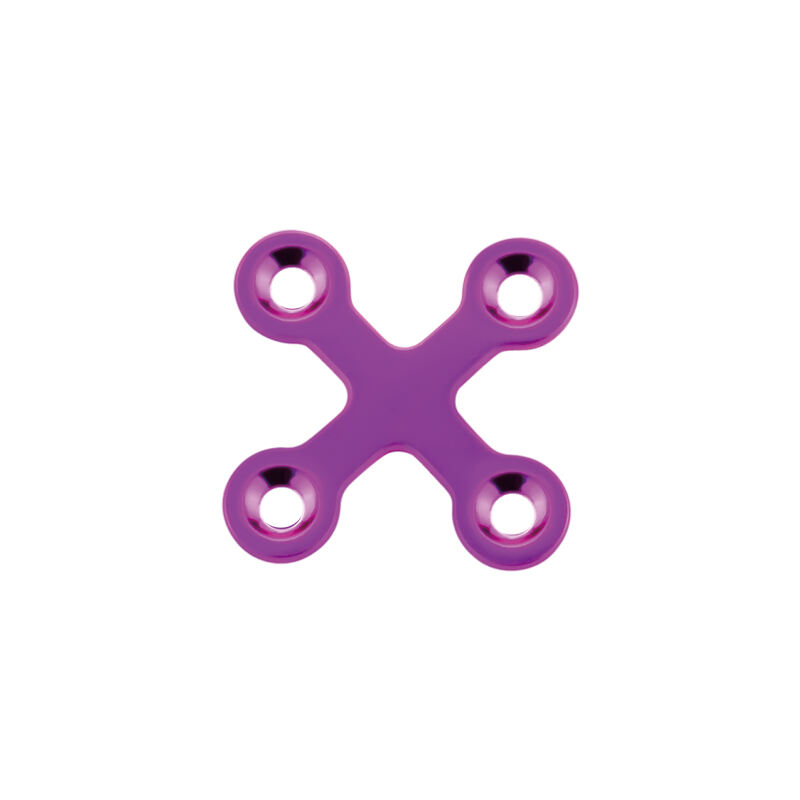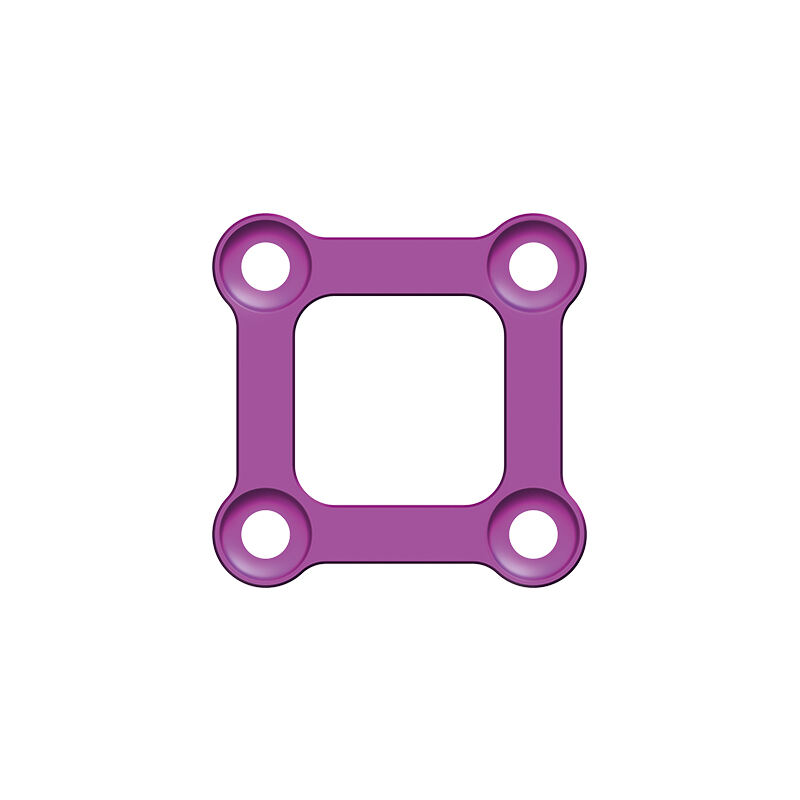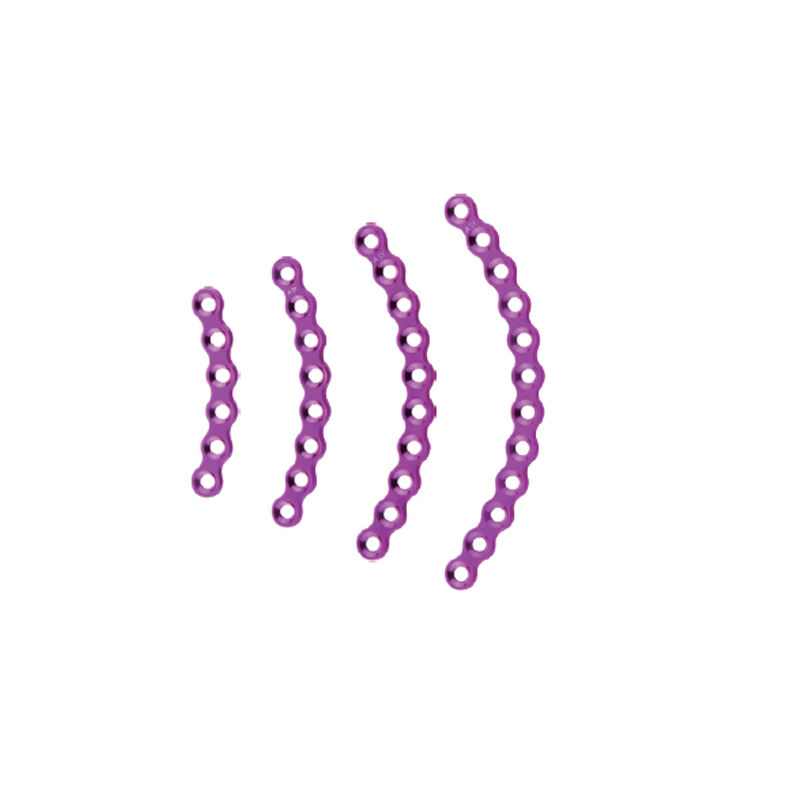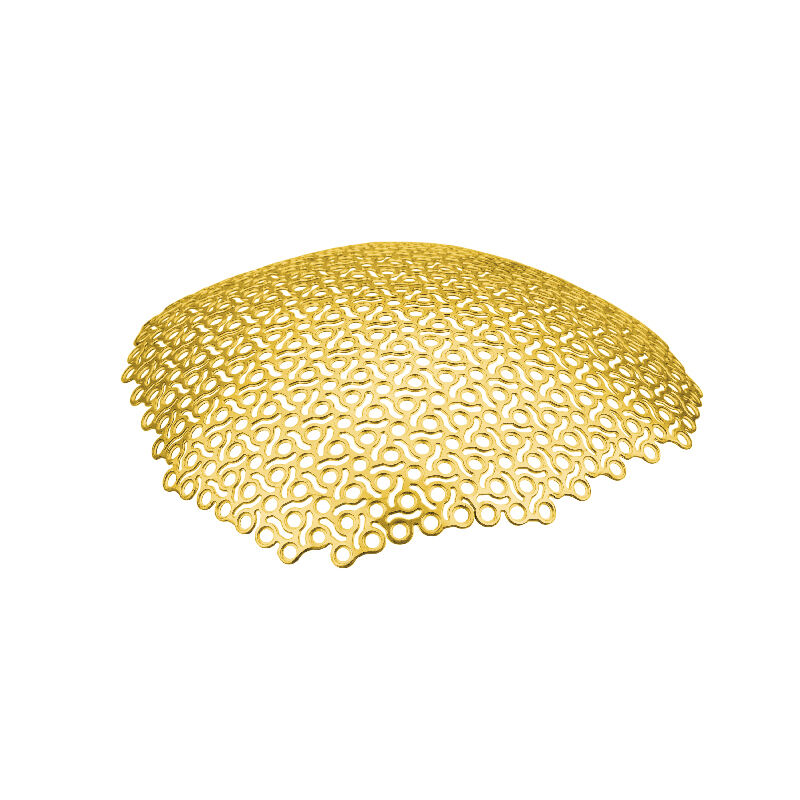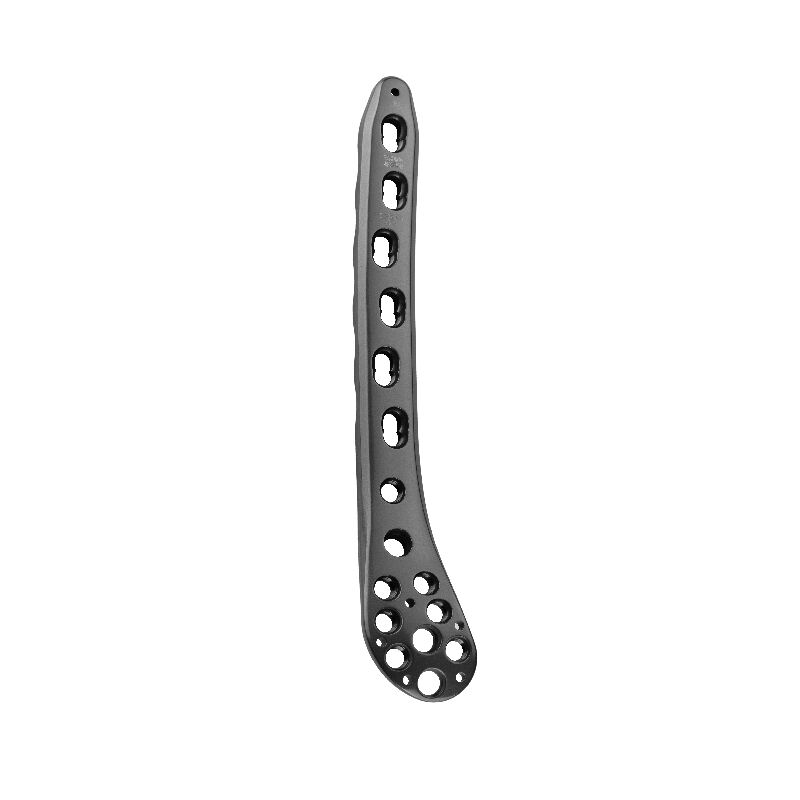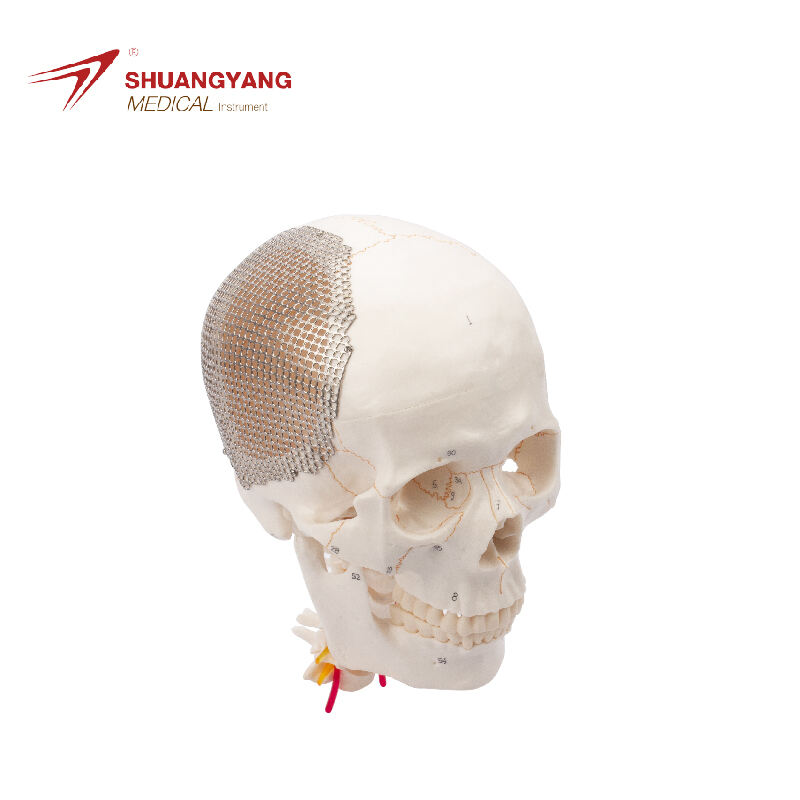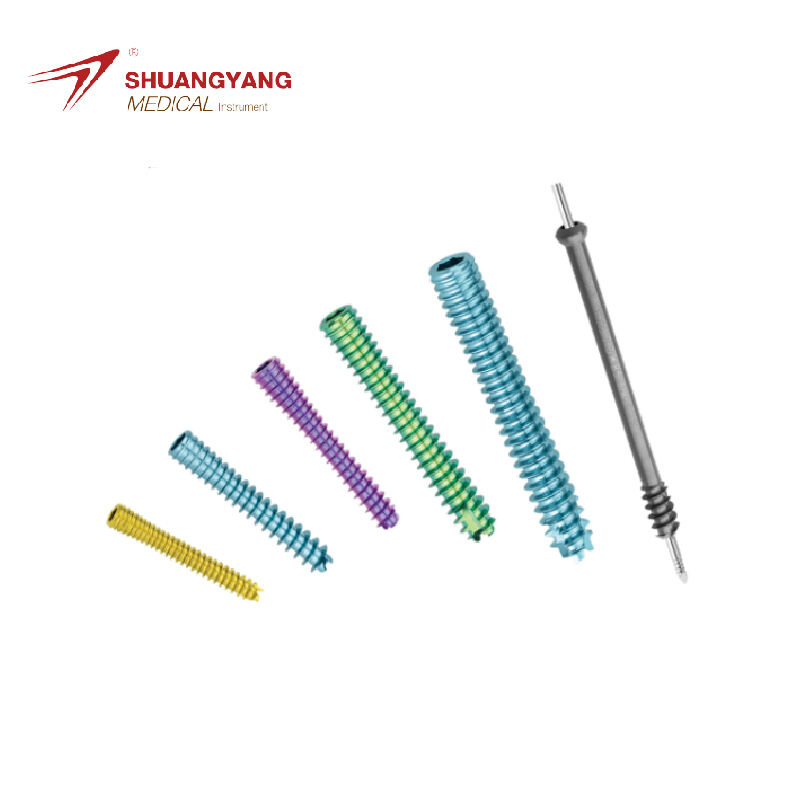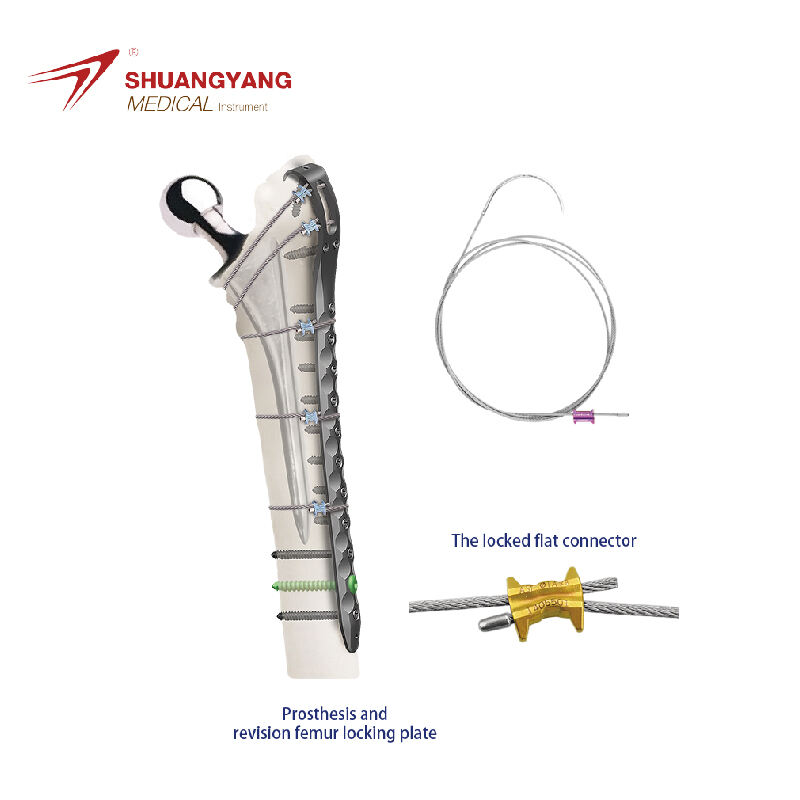femur retrograde nail
The femur retrograde nail is a cutting-edge medical device designed to treat fractures of the femur, or thigh bone. Its main function is to stabilize the bone, allowing for proper alignment and healing. Technological features of the femur retrograde nail include a nitinol core, which provides exceptional strength and flexibility, and a tapered design that minimizes soft tissue irritation. This implant is inserted through the knee joint and extends up the femur, making it an internal fixator. Applications of the femur retrograde nail are widespread, from high-energy trauma cases to fractures in elderly patients with osteoporosis. It's a versatile tool that offers a less invasive alternative to traditional surgery methods.
 EN
EN
 FR
FR
 ES
ES
 AR
AR
